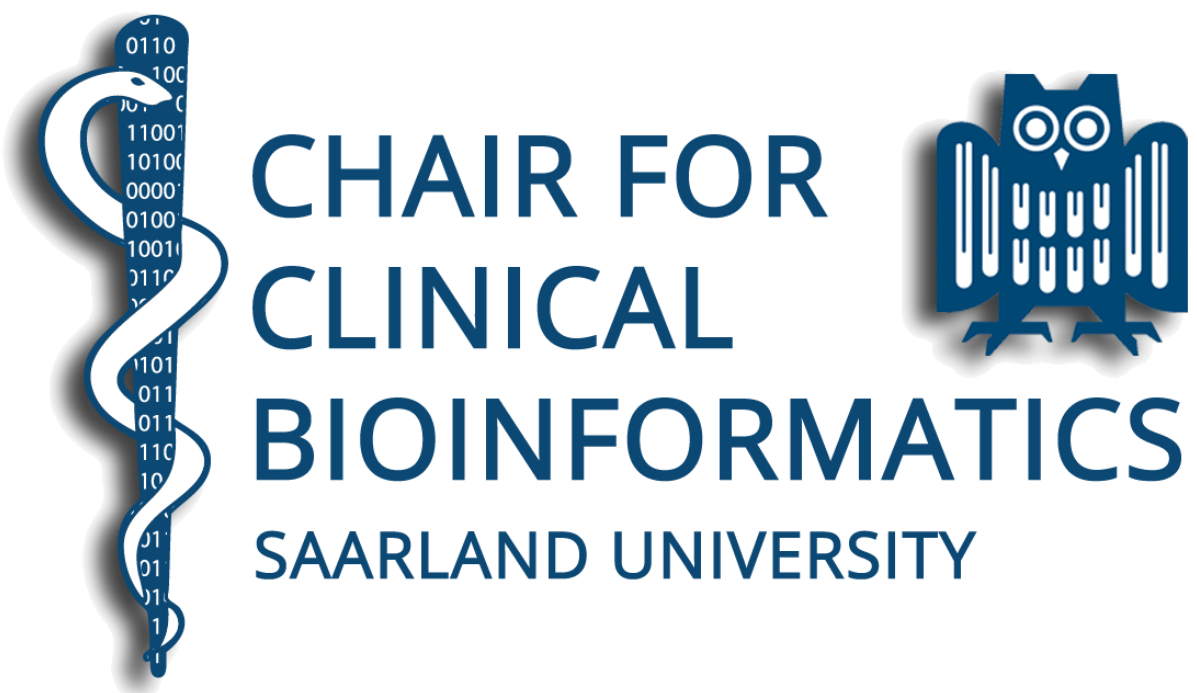This is a block Pro-/Seminar for Bioinformatics students.
Overview: Spatial Transcriptomics describes methods that capture RNA transcripts at near single-cell resolution while preserving the spatial context of the cells. Named Method of the Year 2021 by Nature, the field has seen a growing number of computational tools to analyze spatial patterns of genes and the distribution and interaction of different cell types. This allows to characterize complex and heterogeneous microenvironments like developing organs and tissue diseases with much more insight than using single-cell sequencing alone. We will focus on analyzing in situ capturing based assays that provide an unbiased detection of transcripts without prior knowledge.
The current seminar is designed to provide students with a varied overview of Bioinformatics methods for the analysis of spatial transcriptomics data as well as some applications that highlight its usefulness in biomedical research.
Depending on the current pandemic situation, we will try to have the presentations in presence. If it is not possible, we will do remote meetings via Microsoft Teams conferences instead of personal meetings.
Tutors: Dr. Fabian Kern, M. Sc. Jérémy Amand
Key Dates
| Registration * | from November 7 to November 20, 2022 HERE |
| Kick-off meeting [mandatory] | November 29, 2022 – 10:15 am (Download slides) |
| Deadline to (de-)register in HISPOS OR de-register from seminar * | December 20, 2022 |
| Deadline for feedback ** [optional] | March 2, 2023 |
| Presentations | March 16 and 17, 2023 (place/time: see below) |
| Summary submission deadline | March 24, 2023 |
Place and Time for Presentations (Bioinformatics)
- E2 1, R206, time TBA
Requirements for participation
- Proseminar: at least in 3rd semester, Bioinformatics I
- Seminar: no pre-requisites.
Participation in a lecture similar to Single Cell Bioinformatics can be helpful but is not a pre-requisite.
Good language skills are presumed as all talks will be held in English.
Certificate requirements
- Successful presentation:
- Talk: 30 minutes for a Pro-seminar and 40 minutes for a Seminar
- Discussion: 5 minutes during which you should be able to answer questions from the tutor(s)/audience
- Attendance to all presentations is mandatory
- Submitting a summary (may have an impact on the final grade):
- Short description of the presented topic(s)
- Ca. 2 pages of text, excluding title (page), references, figures, tables etc.
- Main structure: title page, main text (with or without subsections), references
- It is recommended to write the report using LaTeX in order to train scientific writing
Final grade
- Primarily based on the given presentation, slides & follow-up discussion
- Might be influenced by the quality of the submitted summary report
Topics
All manuscript files are either open-access or available via the university network using a secure VPN connection.
Recommended readings
Students who either have a shallow understanding on the topic and / or want to prepare for the course should consider reading the following papers:
- Method of the Year: spatially resolved transcriptomics [Technology Feature – short overview and outlook]
- Current Best Practices in Single-Cell RNA-Seq Analysis: A Tutorial [Single cell analysis – Many concepts are identical in spatial transcriptomics]
- Exploring Tissue Architecture Using Spatial Transcriptomics [Review of spatial transcriptomics analyses]
- The expanding vistas of spatial transcriptomics [Another recent review of spatial transcriptomics analyses]
- Squidpy: a scalable framework for spatial omics analysis [Commonly used framework – preprocessing, visualization, downstream analyses]
- Benchmarking spatial and single-cell transcriptomics integration methods for transcript distribution prediction and cell type deconvolution [Benchmark of integration and deconvolution methods, including single-cell to spatial data]
